| We haven't escaped
mountains yet although it is clear that we are on a busier road from Prince
Rupert to Prince George. This may be our last glacier though. | 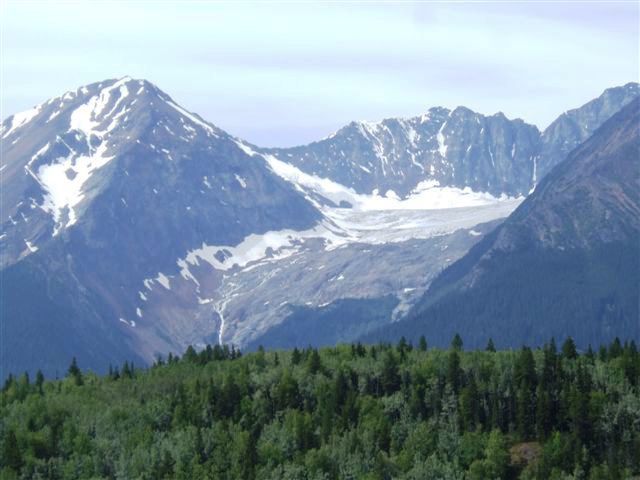 |
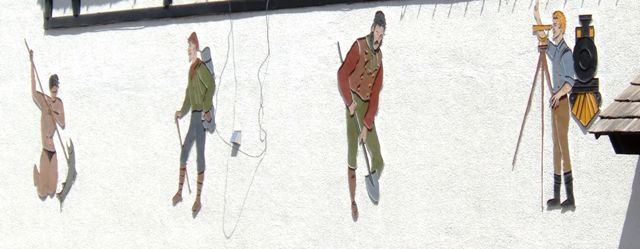 |
At Smithers we stopped for lunch. This is a significant town, the largest
since Whitehorse. These folk were painted on a wall. The town had a very
Swiss feel to it. |
| I suppose an American
might regard this as civilisation. We had a beer and a burger in an Alpen
pub. | 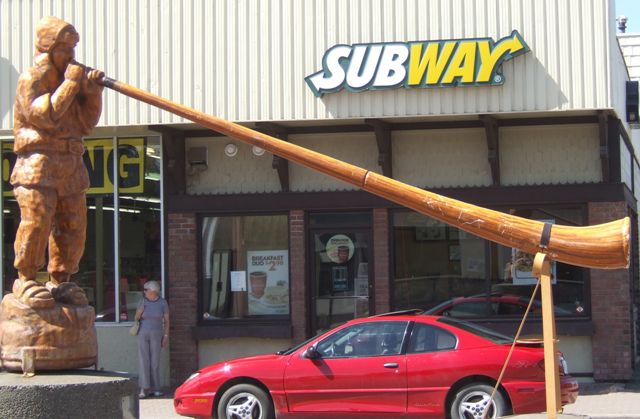 |
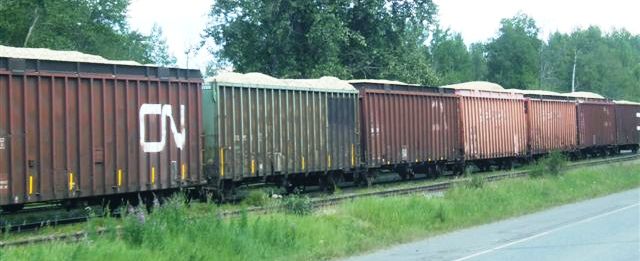 |
All the towns along this road have plants for the logging. These railcars
are full of wood chippings. |
| And every town has an
airport. The planes are small but this one is a little more unusual as it
has both floats and wheels. | 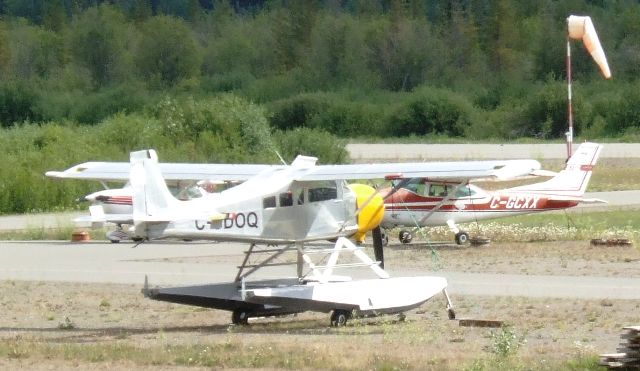 |
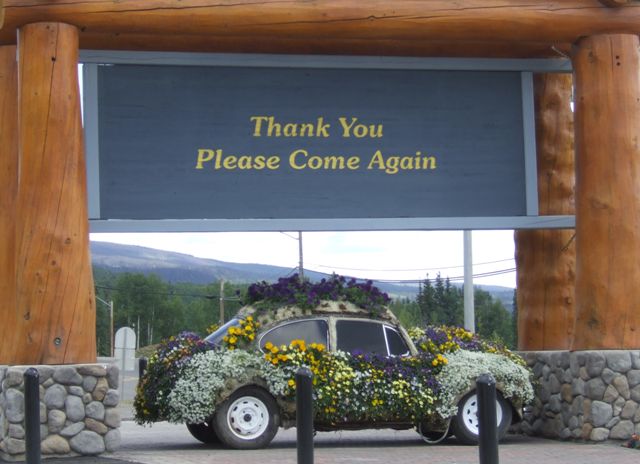 |
Every town has something different to welcome you. This is Burns Lake where
we had planned to stop. But we couldn't find the campground (we think it had
closed) so we had to travel on. |
| The land has definitely
changed with farming being very much in evidence. There are still plenty of
trees but they are different species now. | 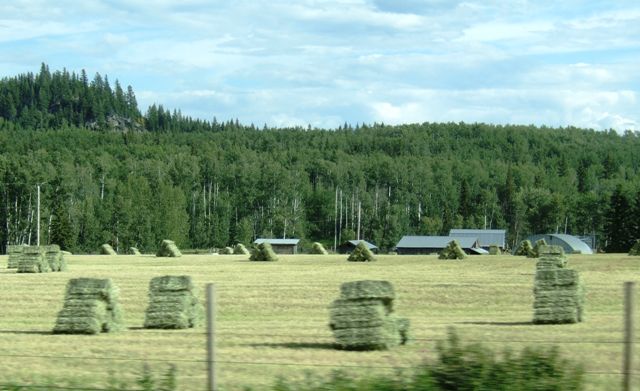 |
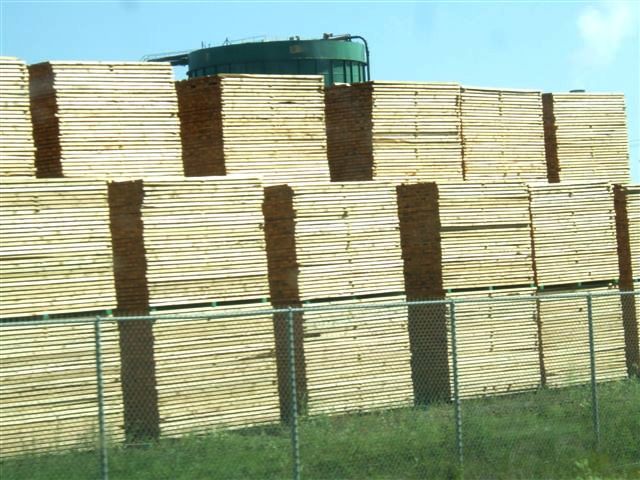 |
We stopped overnight near Fort Fraser at a very pleasant site on the edge of
a lake. Then we travelled on the following day through Vanderhoof, another
town economically reliant on forestry. |
| Eventually we reached
Prince George where the trains cross the Fraser River which is now huge. The
book says Prince George has little to recommend it. It is BC's third largest
city (pop 30,000). | 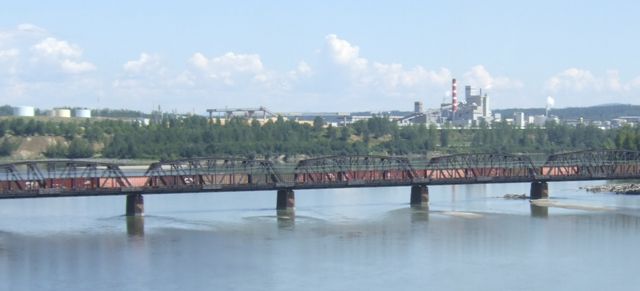 |
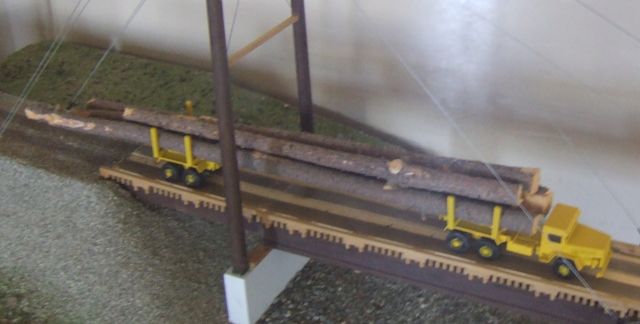 |
We did pause so I could visit the Railway and Logging Museum. This model on
a logging road complete with a suspension bridge suggests there is life
amongst the trees but not that we can reach. |
| I quite liked this
display of telecommunication cables. Today most long distance traffic up
here goes by microwave. | 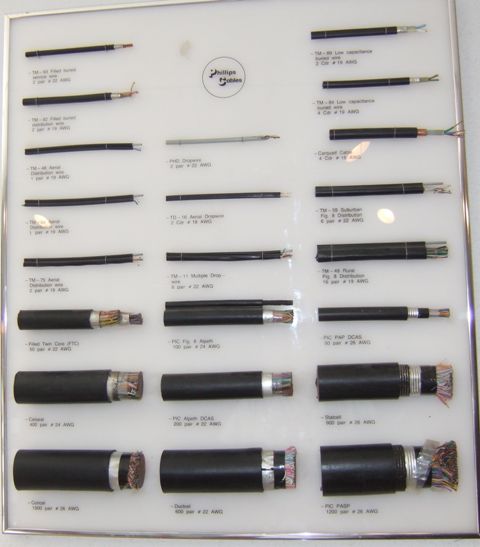 |
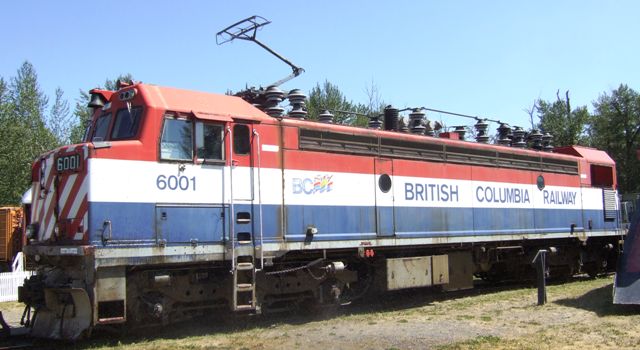 |
The British Columbia Railway ran from Vancouver to Prince Rupert and was
electrified in places because of the abundant hydroelectric schemes. |
| An ordinary snowplough.
Almost all museums seem to have one of these, usually in fairly good
condition. | 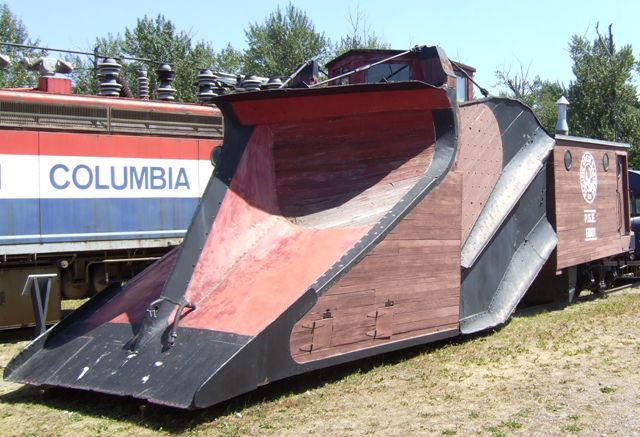 |
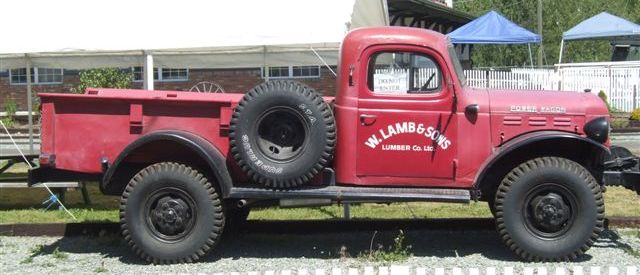 |
An old truck belonging, inevitably, to a lumber company. It is probably ex
WWII. |
| A heavyweight carriage
belonging to the Grand Trunk Railway. This is Nechako, built by the Pullman
company in 1913. It caught fire in 1917 but was rebuilt and served until
1984 as a business car. Many famous people have travelled in her including
Charles and Diana. | 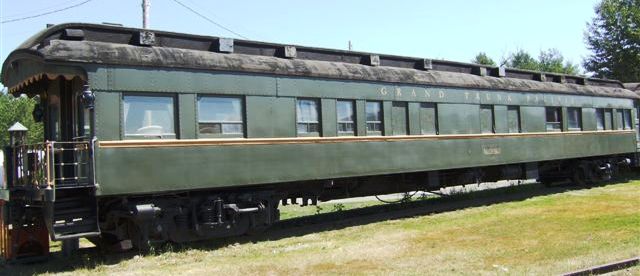 |
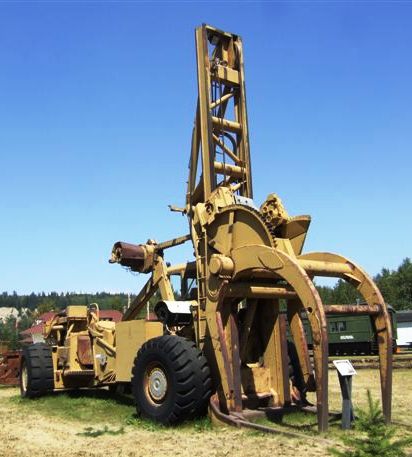 |
This is a Le Tourneau Electro Stacker. Built in Texas in 1964 it was used to
unload whole truckloads of logs and move them around the mill. Modern
equipment is much larger. |
| This looks much more like
a locally built crane but maybe some small company built specialised
equipment for the lumber industry. | 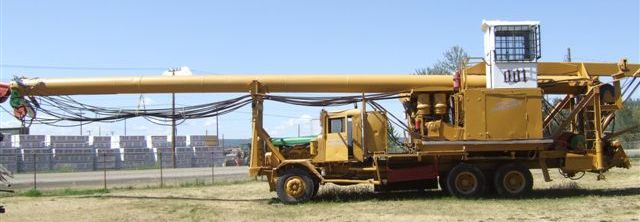 |
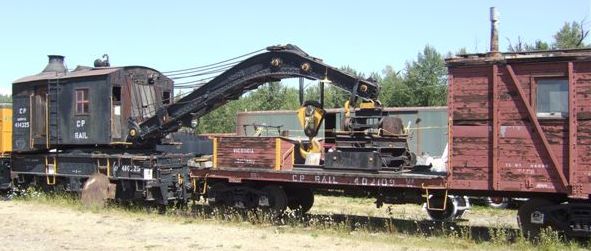 |
The railway crane, another common item in a railway museum. This is probably
a 12 ton crane ie not a large one. |
| There are several powered
saws of different types. This is a vertical cut Esters gang saw. It was
imported from Germany in 1950 and revolutionised the sawmill industry. It
was much faster than traditional methods but produced large amounts of
sawdust. It was in use at the Upper Fraser sawmill until 1978. | 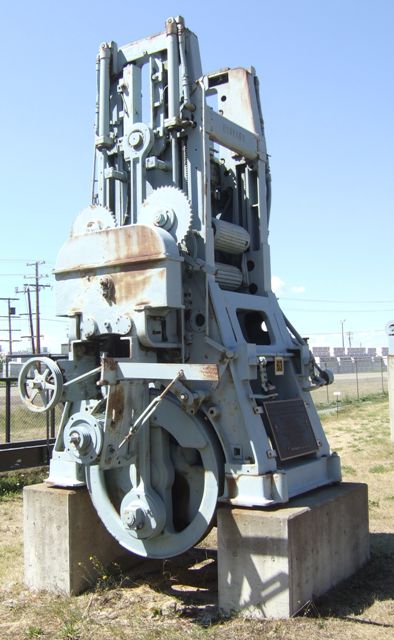 |
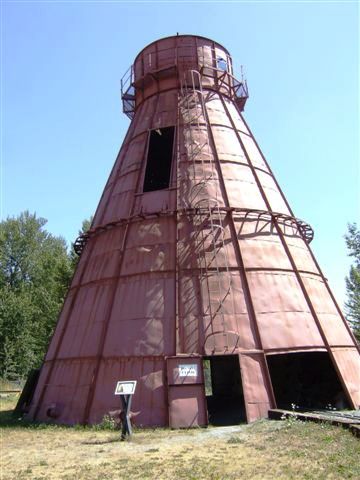 |
A beehive kiln used for burning wood waste. Although this one is quite
modern, they are now virtually extinct because they did create a lot of
pollution. |
| Built in 1906, this is
the oldest locomotive known to have been built by the Canadian Locomotive
Company. It saw service hauling freight between Winnipeg and Montreal. It is
similar to the first locomotives used in Prince George in 1915. |  |
 |
This is the Krause Tree Shearer. Built in 1972 at a cost of $4800, it was
used to cut over 2.5 million trees. It could cut up to 2000 trees per day. |
| We travelled on to
Quesnel. Their welcoming display is a huge gold panner's dish complete with
a nugget. | 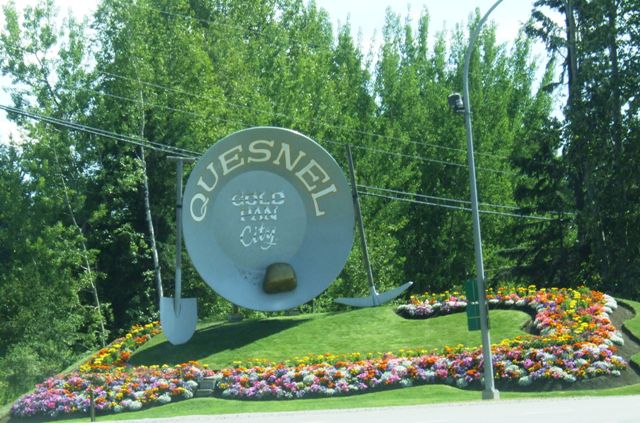 |
|